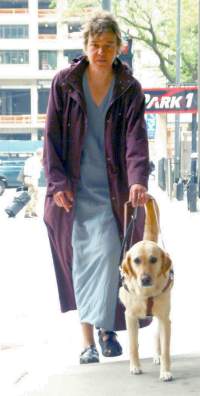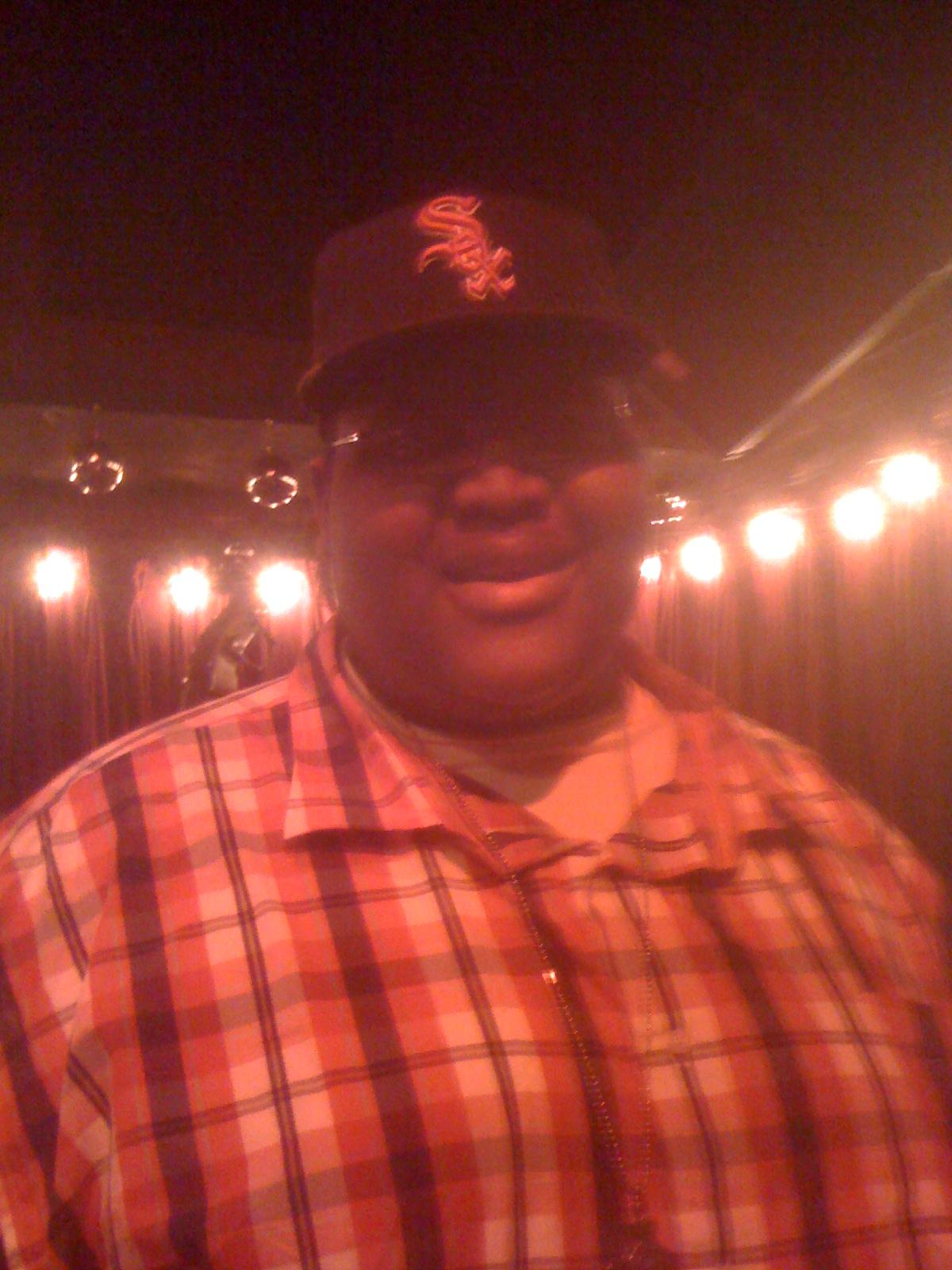The Cure & me on public radio
January 20, 2010 • 7 Comments • Posted in Beth Finke, blindness, Braille, radio, technology for people who are blind, Uncategorized, visiting schools, writingAfter reading that article about Braille in last week’s New York Times, a senior producer at Chicago Public radio asked if I’d be interested in writing an essay about Braille. I sent one their way, and while I was at it, I sent along another essay as well.
The second one was about that fifth grader I wrote about here, and the producer liked that one better. So did I. I recorded it last week, and it aired yesterday. If you listen to it online you’ll notice it sounds like I’m just talking, rather than reading. That’s because I am. Just talking, I mean.
I can read Braille. I’m just very slow at it. So when it comes time to record my radio essays, Joe DeCeault, one of my favorite producers at WBEZ, puts me in front of a microphone, asks what the first paragraph in my essay is about, then what the second paragraph is about, and I retell the story paragraph by paragraph in my own words.
Joe refers to my printed essay while we record, which was especially helpful for this particular piece. Juxtaposing the notion that blindness is a major drag with the fact that I am a happy, capable person who leads a pretty interesting life is not easy for me to do out loud. In the recording studio I felt like I was using Joe as a therapist, driveling on and on and on about my feelings. With my written piece in hand, though, Joe guided me through, kept the piece moving (rather than maudlin), and interrupted me when he found something I’d forgotten to mention.
Pictures of You, a haunting tune from The Cure’s Disintegration CD, weaves in and out of the finished piece. A perfect choice, if you ask me.




